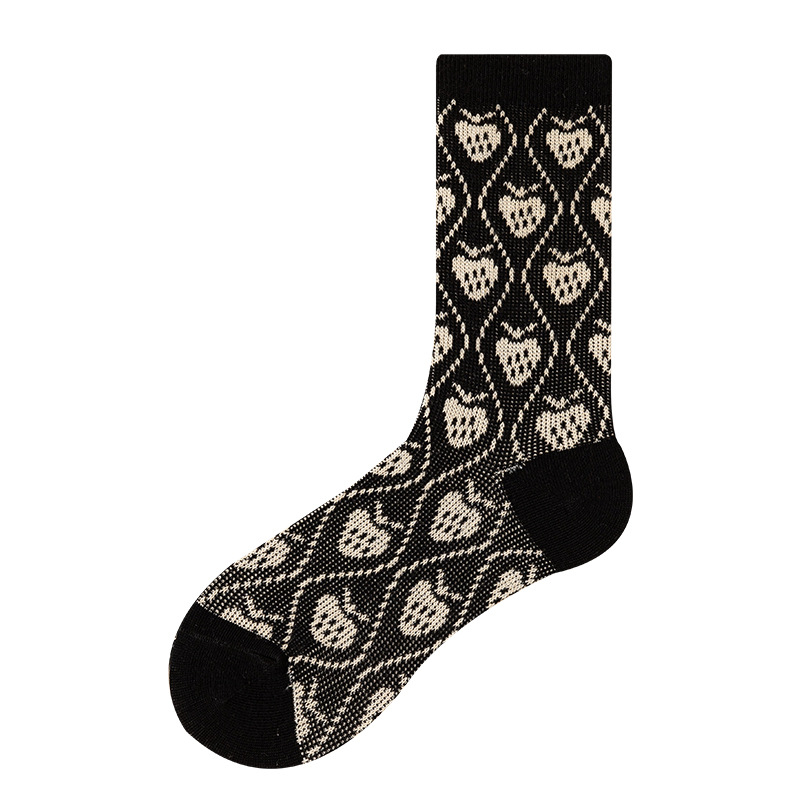Summary:Women's socks come in a variety of materials, each offering different properties in terms of comfort, warmth, moisture-w...
Women's socks come in a variety of materials, each offering different properties in terms of comfort, warmth, moisture-wicking, and durability. Common materials used for women's socks include:
Cotton: Cotton socks are soft, breathable, and comfortable. They are suitable for everyday wear, especially in warm weather. However, pure cotton socks may not provide as much moisture-wicking as synthetic blends.
Cotton Blends: Many women's socks are made from cotton blends, incorporating materials like polyester, nylon, or spandex. These blends can offer a balance of comfort, durability, and moisture-wicking.
Wool: Wool socks are known for their excellent insulation and moisture-wicking properties. They are especially popular in colder climates. Merino wool is a popular choice due to its softness and odor-resistance.
Synthetic Materials: Synthetic fibers like polyester, nylon, and acrylic are often used for athletic and performance socks. They are known for their moisture-wicking, quick-drying, and durability.
Bamboo: Bamboo fiber is known for its natural moisture-wicking and antibacterial properties. It's an eco-friendly and sustainable option for women's socks.
Cashmere: Cashmere socks are luxurious and incredibly soft, making them a popular choice for special occasions or for those seeking extra comfort.
Silk: Silk socks are smooth, lightweight, and known for their luxurious feel. They are often chosen for formal or dressy occasions.
Linen: Linen socks are lightweight and breathable, making them suitable for warm weather. They are known for their natural texture.
Hemp: Hemp socks are durable and eco-friendly. They are known for their strength and moisture-wicking properties.
Microfiber: Microfiber socks are ultra-soft and lightweight. They provide a silky feel and are often used for casual or dress socks.
Alpaca: Alpaca wool socks offer warmth and softness similar to traditional wool, but with a lighter weight. They are ideal for colder weather.
Thermal and Fleece: Socks made from thermal or fleece materials are designed for extreme cold and offer exceptional insulation.
It's important to consider the intended use of the socks when choosing a material. For sports and active wear, moisture-wicking synthetic blends are often preferred. In cold weather, wool or thermal socks provide warmth. For everyday comfort, cotton or cotton blends are common choices. Additionally, consider any material allergies or sensitivities when selecting socks.


